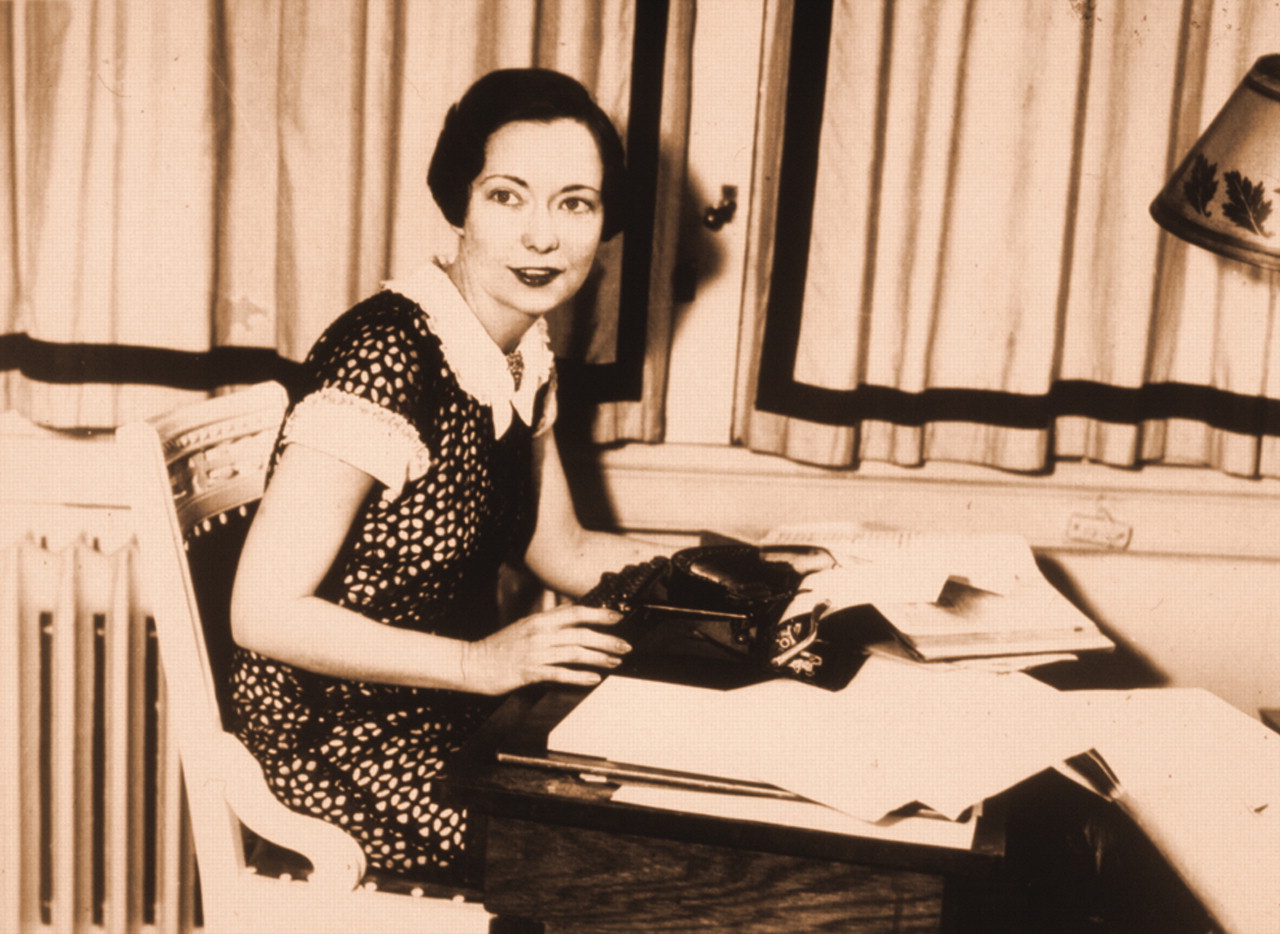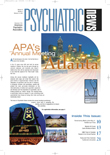Did you ever wonder about the origins of the novel Gone With the Wind— the book that has sold more copies than any book except the Bible?
Then you have to visit the Margaret Mitchell House and Museum when you attend APA's annual meeting in Atlanta in May.
At the house and museum you will learn that Margaret Mitchell, a 1920s newspaper reporter, did not set out to write one of the world's great novels, but penned Gone With the Wind for her own pleasure. In fact, she launched it at her husband's urging while she was home convalescing from an illness.
She appears to have obtained a number of ideas for the book from stories she heard her elders and others recount about the Civil War. She may have also gotten some inspiration for her characters from people she knew. For example, Rhett Butler may have been partially based on Mitchell's first husband, a bootlegger, or on a pirate ancestor of Mitchell who had been a blockade runner at sea.
Scarlett O'Hara may have been based in part on Mitchell's grandmother Annie Fitzgerald Stephens. Stephens was a shrewd, independent businesswoman of a dominating temperament. Scarlett may have also been partially patterned after Mitchell herself, since Mitchell loved parties and being the center of attention.
A romance in her own family may have prompted Mitchell to have Ashley Wilkes marry his cousin Melanie. Mitchell had two cousins who wanted to marry but who could not do so since they were Catholic, and the church forbade marriage between cousins.
Mitchell wrote Gone With the Wind between 1926 and 1929. It came to be published only because a New York City publisher arrived in Atlanta in 1935 looking for new literary talent. The novel's 1936 publication quickly turned Mitchell into a celebrity and earned her a lot of money, most of which she allocated to charitable causes. For instance, she anonymously established some 50 scholarships for black medical students who had attended More-house College, a historically black college in Atlanta.
Mitchell does not seem to have played any major role in the Hollywood film production of “Gone With the Wind,” with the possible exception of suggesting some Southern mansions upon which the O'Hara mansion Tara could be modeled. All of the movie was filmed in Hollywood. When the movie premiered in Atlanta in 1939, Clark Gable (who played Rhett Butler) and Vivien Leigh (who played Scarlett O'Hara) came to the opening.
When you enter the Mitchell house, a circa 1900 Tudor Revival structure, you learn that Mitchell and her second husband occupied only a small apartment in it. You'll also quickly note that this apartment wasn't the fanciest digs in the world—Mitchell called it “the dump.” Nonetheless, it is furnished in a manner similar to that in which Mitchell and her husband furnished it—for example, with a 1923 typewriter and blue ruffle curtains on the bedroom window. A painting of two nudes hangs on the bedroom wall. Mitchell, who had a keen sense of humor, apparently enjoyed shocking visitors to the apartment with a similar painting.
When you tour the museum, you will see some of the costumes used in the“ Gone With the Wind” film, such as Scarlett's green silk bonnet and Rhett's top hat, as well as some of the props, including the doorway to Tara. You will also be able to view other “Gone With the Wind” film memorabilia, for instance, sketches of the movie sets and posters advertising the movie in numerous languages.
Since the Margaret Mitchell House opened to the public in 1999, some 50,000 people have visited it. What is it about Gone With the Wind that has such wide appeal? Perhaps it is the message of endurance, of survival, in the face of adversity. A case in point: Psychiatric News learned of a Chinese university student who had seen the film in Shanghai and who said he was impressed by the strength of character exhibited by Scarlett and Rhett. And indeed, as Mitchell once declared about the novel herself, “I wrote about the people who had gumption and the people who didn't.”
The easiest and quickest way to get to the Margaret Mitchell House and Museum from downtown Atlanta is to take the north/south MARTA line to the 10th Street station.
The Margaret Mitchell House and Museum is located at 990 Peachtree Street. More information is available by phone at (404) 249-7015 and online at<www.gwtw.org>.▪

